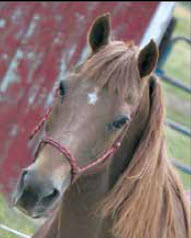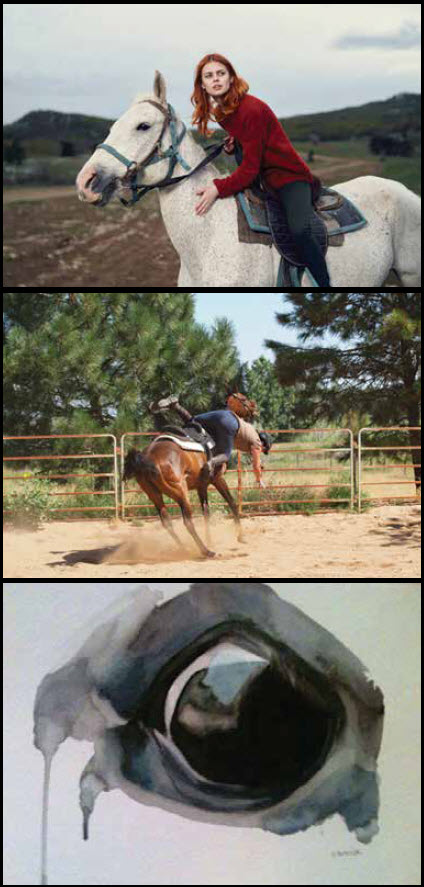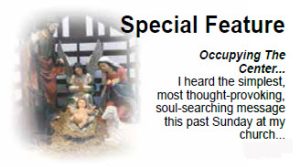 By: Deb Kitchenmaster
By: Deb Kitchenmaster
Is there a difference between a ‘spooky’ horse and a horse that is ‘spooked’? The answer is “YES.” A spooky horse has more intensity of fear levels in his behavior than a spooked horse; there’s a lack of confidence. It is completely natural for a horse to spook when they are threatened or unsafe and their fight, flight, or freeze response kicks in. When any of these three responses kicks in, one of two things will occur. Instinctively, the horse will run away to free itself from the threat. When a horse is cornered it will strike out, kick, bite, rear, or buck. This is NOT the time to say “Let her buck,” especially when you are on its back! This reaction can catch you off guard and feeling vulnerable in the saddle. A horse can freeze in that moment of time. Bottom line, a spooky horse is nervous and anxious about many things, but nothing a connecting relationship cannot dissolve with time, patience, and repetition. A spooked horse is afraid of something in the moment. For example, a new or unfamiliar object; a sudden noise; plastic caught by the wind; coming upon a coven of quail, deer, or wild turkeys resting in the grasses while trail riding; and the sudden movement that comes from entering their space.
Security is important for horse riders, possibly the difference of staying in the saddle or going thud to the ground. This secure position as a rider is not achieved overnight. You must work on your riding position consistently to develop a balanced, secure, independent (quiet) seat. (This is in no way connected with ‘passing gases’).
It’s easy to become upset, frustrated, and impatient when your horse gets spooked at something. I encourage you to consider creative ways to relax and calm your horse and yourself. Praise and reward are two ways to reassure your horse. A gentle touch (put your heart in your hand) on your horse’s neck, a verbal praise, or release pressure on your reins.
Have you heard the term “keep your leg on”? That’s when you remove your legs from having contact with your horse’s barrel and rely entirely on the reins for control. This is not a good choice. You want to close your calves at the girth, sit back deep on butt bones, and send your horse forward. A horse moving forward is less likely to rear or buck. This also helps return your horse’s attention back on you and focusing on moving its legs. Stay calm, cool, and collected. Resist the tendency to dismount unless you know in your knower to “get off the horse now,” then do, regardless of who is around you.
Try not to make a big deal out of the spook incident by sending your horse forward. This positive forward-thinking mindset is great for confidence building in both you and your horse. Remember, the more confidence your horse has the less spooked your horse will be. ‘Being’ in the moment, as a confident leader, stabilizes the follower (horse) in building confidence within so that the confidence within is greater than the scare outside. This could be a word! A word for humanity! A word that says, “Do not, therefore, fling away your (fearless) confidence, for it has a glorious and great reward. For you have need of patient endurance (to bear up under difficult circumstances without compromising), so that when you are on a spooked horse you may receive and enjoy soundness of mind in yourself and your horse.” No! “So that when you have carried out the will of God, you may RECEIVE and ENJOY to the FULL what is PROMISED.” This is from the book of Hebrews 10:35-36.
Spooking is a natural behavior, responding to something perceived as threatening. The beauty in this situation is to stay calm, resist the urge to make a big deal out of a normal response, and rein your thoughts to thinking ‘forward’ and ‘peaceful’ ones.
Let us not be spooked by the news we may hear, the reports that are released into our hands, and concerning clips we see from time to time. Let us mount up on wings of eagles and ride to the unforced rhythms of God’s amazing and abundant grace, spook free.







